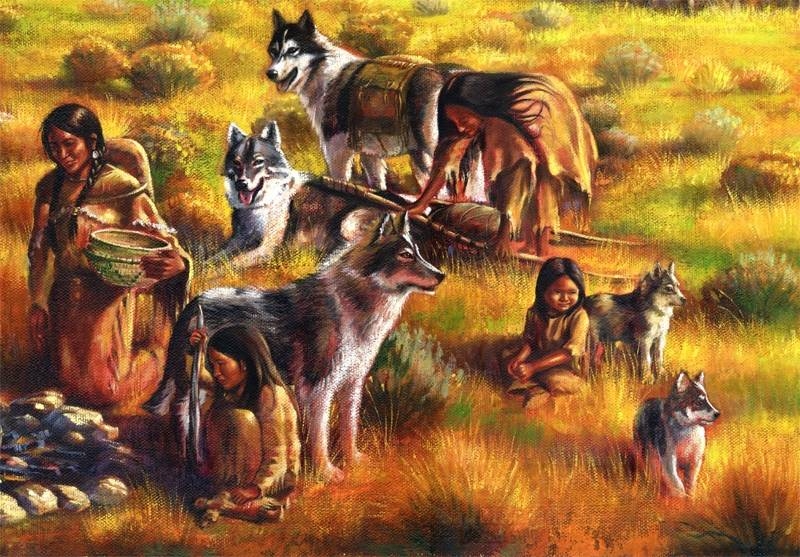The changing canine nutritional environment
The linkage between the dog and the wolf, Canis Lupus, has now been demonstrated, based on an increasing level of molecular data, combined with both physiological and behavioural similarities. A recent large-scale determination of the macronutrient dietary balance of wild wolves has been carried out, determining that a diet dominated by fat and protein was consumed, with a neglectable carbohydrate intake.
The domestication of the dog likely started in the upper Palaeolithic period approximately 35,000 to 10,000 years ago with two possible reasons why this occurred. The first is termed “self-domestication” whereby less anxious wolves would be drawn to human settlements to scavenge on prey remains. Consequently, they would accompany these nomadic hunters and hence through the passage of many generations, the first primitive dogs arose. The second theory of wolf domestication is that wolf pups were purposely selected by Palaeolithic human populations for reasons such as to assist in hunting.
Research into the diet composition of dogs throughout their early evolution is limited. The current hypothesis is that while undergoing early domestication, opportunistic scavenging skills would have allowed for consumption of human food scraps from a hunt. As the dog-human bond occurred towards the end of the Palaeolithic period a diet primarily consisting of fat and protein was consumed. Additionally, as a level of interaction is apparent, this represented a starting point, whereby a dog’s dietary selection ceased to be wholly self-determined, as a human influence began.
The transition from the Palaeolithic to the Neolithic period is when fundamental changes in canine dietary intake occurred. That is, as humans changed from acquiring food solely from hunting and gathering to producing it via cultivation and stockbreeding, this impacted on a dog’s nutrition. The result of which was a greater intake of energy from carbohydrates and decrease in fat and protein. This increasing dietary reliance on carbohydrates continued as several significant agricultural developments occurred, relating primarily to the Agricultural Revolution. After the Second World War several factors further enhanced agricultural productivity, including the use of fertilisers, increasing use of agrichemicals, improved varieties of crops (leading to better yields), and large farm equipment. This led to another significant increase in grain production
Finally, as carbohydrate rich extruded diets are now fed to the majority of dogs around the world, dietary differences have clearly occurred since the wolf-early domestication timeframe. Of importance is to understand that a diet of this composition was not driven by dogs, instead mankind’s mastering of agricultural productivity was the deciding factor.

